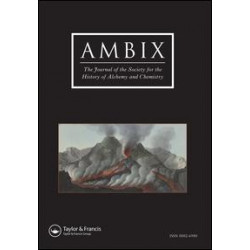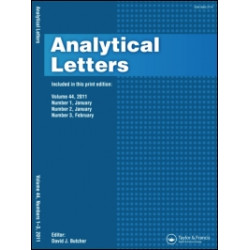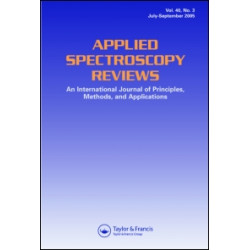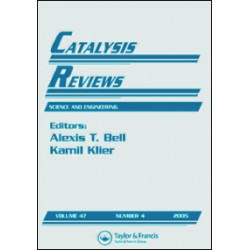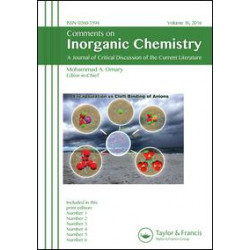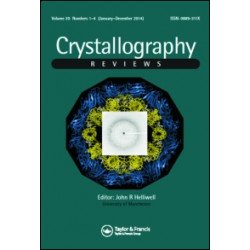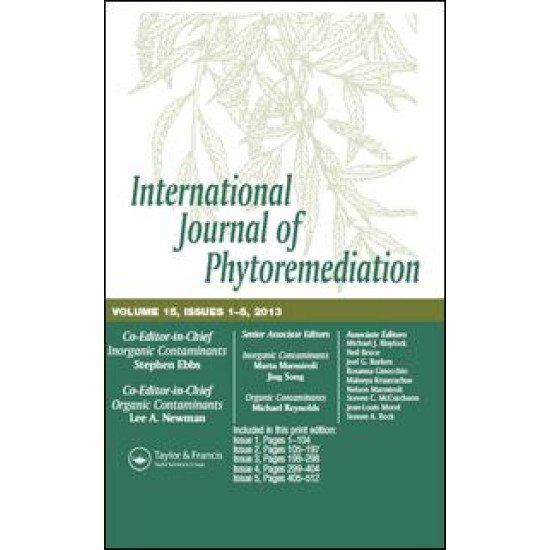
The scope of the International Journal of Phytoremediation includes:
- The use of traditional phytoremediation processes such as phytodegradation, phytostabilization, phytovolatization, phytoextraction (including rhizofiltration), and enhanced rhizosphere biodegradation for environmental restoration
- Hybrid technologies combining chemical, physical, and/or other biological processes with phytoremediation
- Any stage of technology development and validation, from basic laboratory research and bench-scale testing to pilot and full-scale field application
- Field applications or descriptions of the effects of contaminants and other forms of stress on phytoremediation systems
- Phytotoxicity studies (screening, surveys) specifically designed to inform the limites of phytotechnologies
- Phytomonitoring
- Phytomanagement of contaminated matrices
- Constructed wetlands, storm water runoff cleanup, and vegetative covers/caps
- Studies comparing plant-derived biosorbents to un-processed plant material or remediation without the biosorbent
- Examinations of the social framework for phytoremediation, including regulatory, economic, and public perception issues
The journal is an international, peer-reviewed publication designed to link professionals in the many environmental disciplines involved in the development, application, management, and regulation of phytotechnologies.
Peer Review Policy: All submitted manuscripts must pass a rigorous peer review process managed by the senior editorial team. All peer review is single blind and submission is online via ScholarOne Manuscripts.
Manuscripts will be considered that address any of a wide range of issues and interests within the discipline of phytotechnologies. High quality, original articles make up the primary content, with additional contributions as technical notes, short communications, editorials, and invited review articles. The journal also annually publishes a special issue reflecting presentations at the International Phytotechnology Society meeting where articles may extend beyond the scope stated above. The journal also publishes letters to the editor, book/software reviews, new products and patent information, and announcements of upcoming conferences and courses.
Publication Office: Taylor & Francis Group, 530 Walnut Street, Suite 850, Philadelphia, PA 19106 USA







